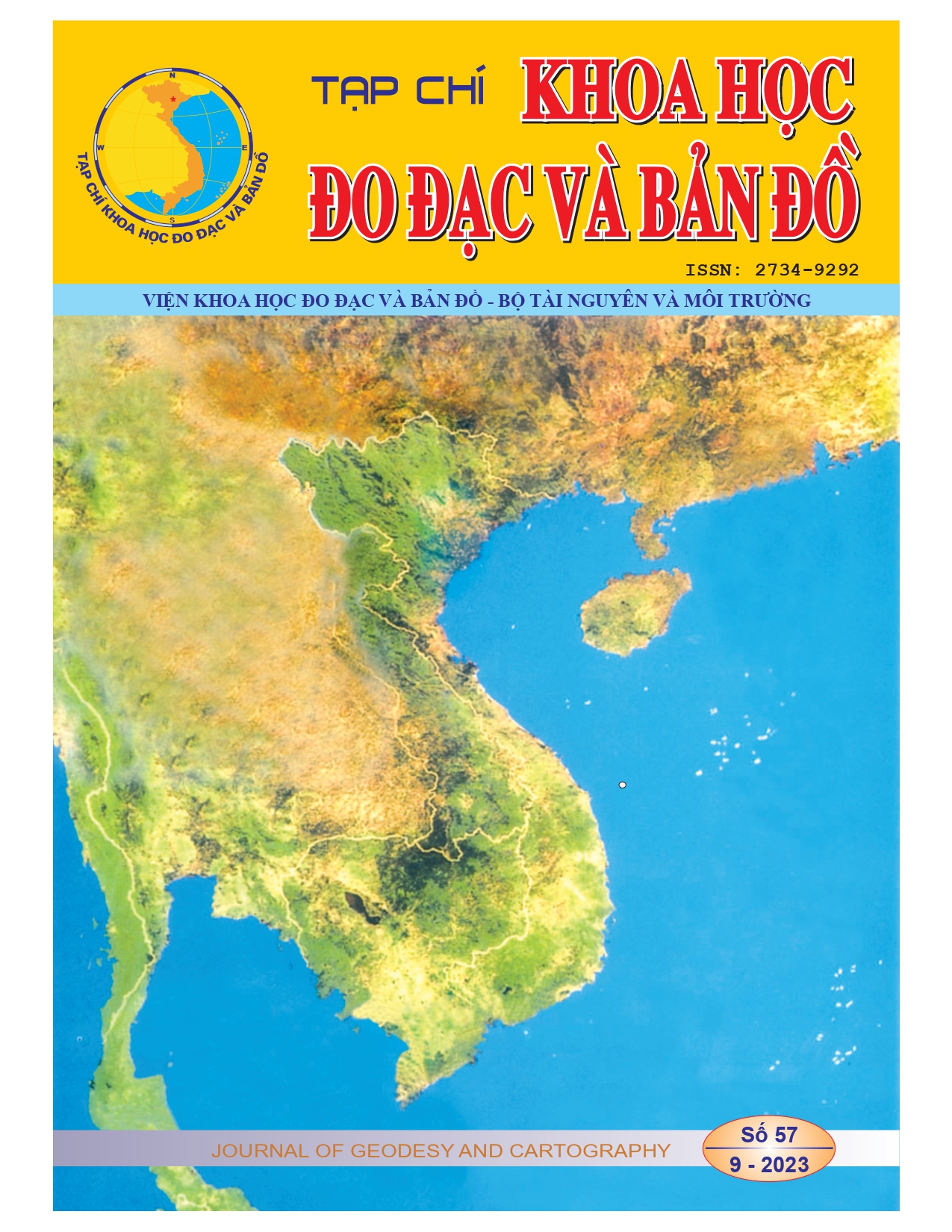Abstract
The existence of surface water reservoirs, such as rivers, lakes, and other aquatic bodies, plays a pivotal role in temperature regulation and the preservation of ecological equilibrium within urban settings. Precise monitoring and evaluation of the spatial distribution of these surface water features in urban areas, particularly with high precision, have become indispensable for effective urban environmental management. In the face of escalating climate change, cities grapple with various challenges, including the urban heat island effect. The presence of surface water reservoirs can ameliorate this phenomenon by creating cooler zones and maintaining temperature equilibrium. This not only benefits the environment but also contributes to the future sustainability and safety of urban regions. This study introduces an automated algorithm designed to extract information about urban surface water. The proposed methodology has been assessed using Sentinel-2 data at a spatial resolution of 20 meters and applies to large areas. It leverages the K-means clustering algorithm to autonomously categorise images based on NDWI, MNDWI, and ratio indices. The research was conducted in Ho Chi Minh City, and the optimal number of clusters for K-means in the proposed approach is determined to be 6. The results of the accuracy assessments affirm that the proposed method is well-suited for rapid and precise extraction of data concerning surface water reservoirs

